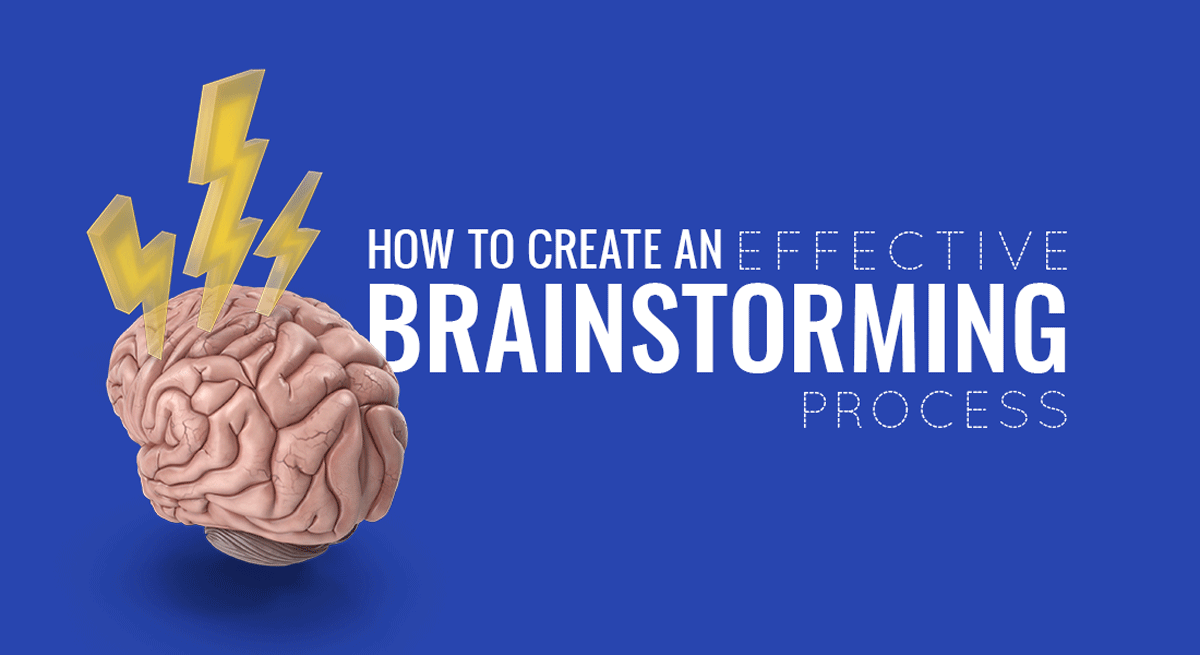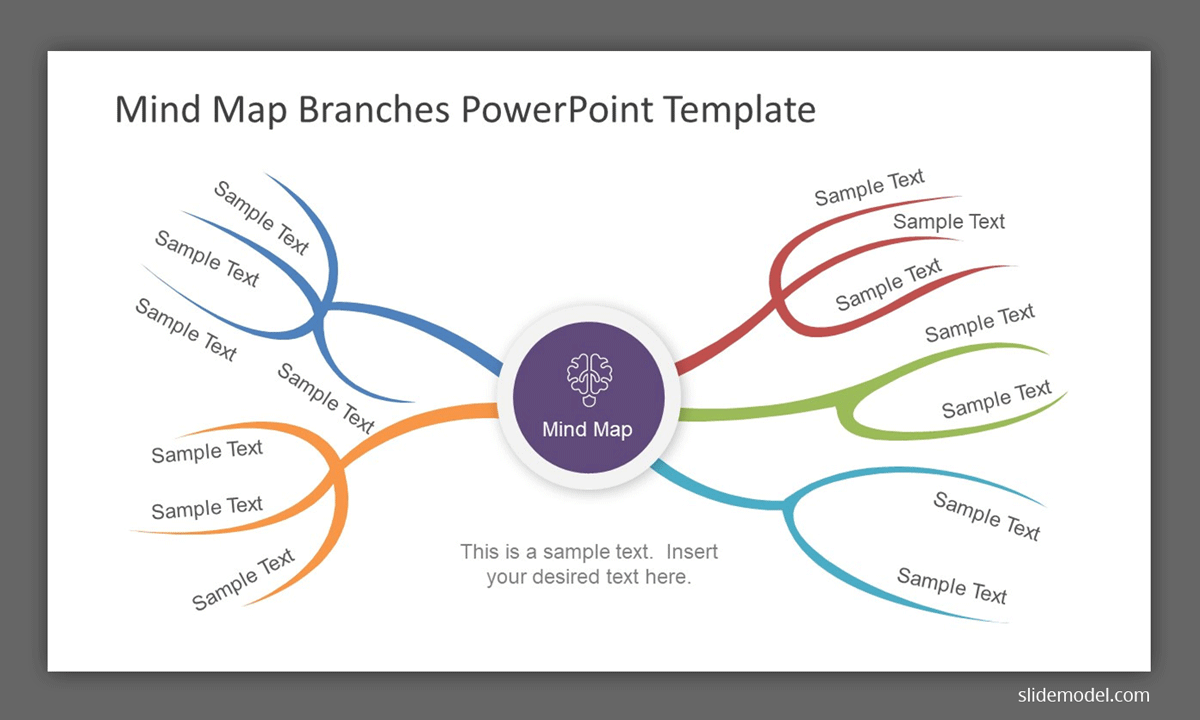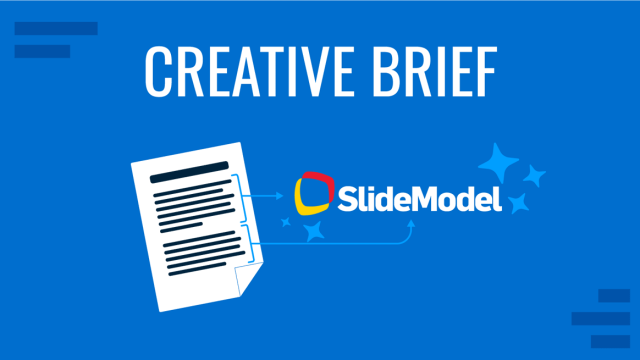
Maintaining a competitive edge is critical for businesses that want to survive and flourish in today’s age of skittish consumer interests. One day you are in vogue. In a week you are out when a competitor storms the market with that unique idea. Brainstorming is the easiest trick in the books for innovations, and today it remains as relevant as ever.
If you have fallen out of this practice, here’s your quick refresher on the subject.
What is Brainstorming
All problems need solutions: brainstorming is often the most effective way of ultimate solution development. At its simplest, brainstorming can be defined as the activity of a group of people considering all possibilities, without constraints, but also following some general brainstorming rules that are laid out in the beginning.
The term brainstorming was coined in the 1950s by Alex Osborn, an advertising executive. The original rules he laid out for a brainstorming process were these:
- groups should throw out as many ideas as possible, no matter how “crazy” they may seem.
- there is no criticism allowed
- all the proposed ideas should be leveraged to develop the most viable solution.
Since that time, brainstorming moved well-beyond the creative industry and is now actively used among all sorts of teams – tech, sales, product etc.
What Companies Use Brainstorming Today
It’s hard to know how many businesses regularly engage in brainstorming, but we do have a good brainstorming example from Amazon. The tech giant uses one of their most effective brainstorming methods for coming up with unique ideas called ‘working backwards’.
In one interview, Mike George, vice president of Amazon Echo, explained that to come up with viable product ideas, they begin their research from the vantage point of what a user wants and then move backward from there. First, they create a list of ‘aspirations’ – some bold features and ideas they have for a new product. Once they have a detailed model of a ‘dream product’, everyone on the team is encouraged to engage in a productive debate.
What’s even more curious is that every single person is encouraged to speak up during the brainstorming session. The company’s motto is ‘have a backbone’ or in other words, if you are developing a new product, you should be fully on board with the idea.
Why Brainstorming is Critical for Businesses
As the Amazon example illustrated, brainstorming helps in securing a team buy-in. When every person in a company is deeply vested in the idea, great things happen:
- People act more productively and efficiently when they fully support some cause.
- They do not challenge the decision/authority as they have a clear understanding of why something is done.
- Finally, engaged employees (those who are supporting your ideas) have higher job satisfaction and morale.
Secondly, brainstorming is a tool for generating ideas. In this regard, the benefits of actively using brainstorming, are as follows:
- Companies can collect a large number of ideas that can then be massaged, refined, and reduced to market-ready solutions that will actually work for the end-customers.
- The process itself can improve relationships among team members who are forced to work collaboratively, to kick around ideas, and to acknowledge the value of one another’s contributions.
- It fosters creativity that may not otherwise occur when people are left to an individual process of looking at potential solutions.
Now knowing the whats and whys, let’s move on to the core of how to brainstorm.
Key Elements of the Brainstorm Session

Brainstorming PowerPoint Template by SlideModel
1. Pre-game session
Brainstorming is not an activity that occurs without any preparation. A moderator/leader should employ different techniques for facilitating a brainstorming session so that it doesn’t become a messy, highly vocal and opinionated discussion without any structure.
So first, the initiator should form a quick agenda, defining the issue or problem up for debate and clarifying any possible constraints. If, for example, there is a budget limit, brainstormers may have to consider this as they think about possible solutions.
Next, you should set down the ground rules so that everyone feels comfortable pitching ideas, no matter how “out of the box” they may be. Often, the most divergent solutions can stimulate thought on the part of others that is less “out there” and more viable. Hence, ?learly state that you are interested in hearing any opinions and that other participants should not immediately criticize the proposal. Allocate separate time for that.
2. Decide on the Brainstorm Process
The two common brainstorming methods are:
- Individual to Group sessions
- Group to Individual sessions
Which one’s a better option? Well, there’s a large body of research supporting the idea that it’s best when brainstorming begins with individual work, and group sessions are hosted. The reason for that stems from the concepts of “convergent” and “divergent” thinking. Convergent thinking can be compared to “group think.” So, if you allow a group to sit together and verbally propose solutions or ideas, the idea of one may then influence those of the participants who follow, and they will be less inclined to “divergent” thinking – that which is wholly different from the previous ideas.
To avoid this, here’s what you can try: have all the participants sit at a table and silently write down three ideas each. They then pass those to the next person for their thoughts. As these papers are passed around through the entire group, it is surmised that ultimately more divergent and unique ideas will be gathered for group discussion.
3. Allocate Sufficient Time for The Brainstorm Session
When everyone’s in the room, there will always be super eager participants. Generally, these are team members who want a quick efficient solution and to get on with it. Reigning them in and “forcing” them to engage in a longer-term session is a challenge for leadership, but a necessary one. Otherwise, you won’t get as many good ideas as you potentially could. So let those enthusiastic folks have their say, but also encourage the more quiet people to chip in.
Another thing you can do is set time limits on brainstorming exercises. This way you can stifle creative ideas that more divergent thinkers on a team may have. Group brainstorming activities just take time – more than leadership may first imagine. And figuring how to run a brainstorming session that does get you good results takes some time.
4. Schedule Follow-Up Action
How should brainstorming sessions end? If teams have decision-making power, then the session should end with a vote on the best solutions. And you can move on to assigning tasks and creating a timeline for completing what was discussed.
Still, other sessions may end with a decision on the best solution that must be formalized into a presentation for approval of higher-ups.
If leaders need to identify which factor is important while brainstorming, it is this: participants must believe that their brainstorming activities will actually result in action being taken.
If not, they tire of such meetings and become unwilling and unenthusiastic participants. No brainstorming session should ever be held without the assurance that the results will be utilized.
5 Effective Brainstorming Techniques Worth Trying
You have a lot of brainstorming tools at your disposal to plan and conduct sessions, along with brainstorming template to use for keeping things organized. Below is our selection of the best options.
Word Clouds

Ideas Word Cloud Picture for PowerPoint by SlideModel
The word cloud method prompts participants to pitch different words related to the issue or problem at hand. It’s somewhat a game of associations. Ask the brainstorming session participants to pitch the words, and then ‘play’ with them a bit – combine, change, mix, etc. This should help to get some creative juices flowing.
As well, word clouds are a great tool for polling and collecting feedback during your sessions.
Mind-Mapping

Mind Map Branches PowerPoint Template by SlideModel
This is probably one of the most common types of brainstorming. You place a topic in the center of a slide, a board, or on brainstorming worksheets (worksheets often work best, because individuals can conduct their mapping privately first). Then everyone is encouraged to brainstorm ideas as offshoots of the key topic.
Participants can also be asked to further refine their mind maps by combining those that are correlated and dumping those that do not seem viable, especially if there are some constraints upfront.
Medici Effect Storming
Medici Effect Storming can be one of the more difficult brainstorming exercises to organize. Simply put, brainstormers are asked to throw out all of their previously held words and thought associations and to come up with unique and very different ones.
A quite well-known example of this type of thinking is recalled in a Harvard Business School article about a Chef who was thrust into his role upon the sudden death of the current head chef. The restaurant was already doing well. It had a one-star rating from the New York Times, but the new chef was determined to make it better. So he decided to add very odd food combinations to the menu – combinations that no one would think of because they were so tied into their own food associations of what went well together. Three months later that chef earned three stars from the NYT food critics for his unique, yet delicious food pairings.
So Medici storming aimed at challenging our standard thinking and associations process. Usually, when we hear the word “hand”, for example, we usually think of fingers or wrists, perhaps nails and nail polish etc. We don’t normally think about dog’s paws, or, even a bit more out of the box things like ‘help’ or ‘friendship’ concepts.
But your goal is to encourage the sessions participants to come up with combinations of things, methods, ideas, etc. that do not normally go together, and see how those crazy combinations might result in a new product or service. It may be the way that the words “consumer products” and “subscriptions” came to be so popular. Subscriptions were always associated with magazines, not razors or beauty products. But some “Medici” brainstormer did come up with the idea of providing subscriptions for a variety of products, and it caught on.
Blind Writing
In this case, participants are provided with a topic (issue or problem) and asked to simply write about it for, say 10 minutes. The rule is you must write, even if it is just jotting down single words. The goal is to get a specific part of the brain engaged, and out of that writing may just come some new and unique ideas about the topic that could result in solutions.
Reverse Brainstorming
This is another lesser-used brainstorming approach, encouraging people to think from the bad to the good. For example: if the issue is getting more customers or improving a customer loyalty program, the moderator can simply ask the questions, “How can we lose more customers?” or “How can we become worse at customer service?” The answers to these questions may very well spark ideas at how to do the opposite or something better.
Conclusions
Brainstorming is essential for businesses if they intend to keep growing, improve their products and/or services, and maintain a competitive edge. These new ideas may come from an individual who brainstorms all by himself and presents a new idea, or through more structured group brainstorming activities, such as those mentioned above.
Its a great idea to include brainstorming techniques, but also you can be creative and work with other tools that than help your processes like concept maps, affinity diagrams or Venn diagrams. This will help you in the ideation process and collect the data you have built upon.
Brainstorming is as old as time, and it is the one thing that moves humanity forward. So don’t neglect to host such creative sessions often enough!


